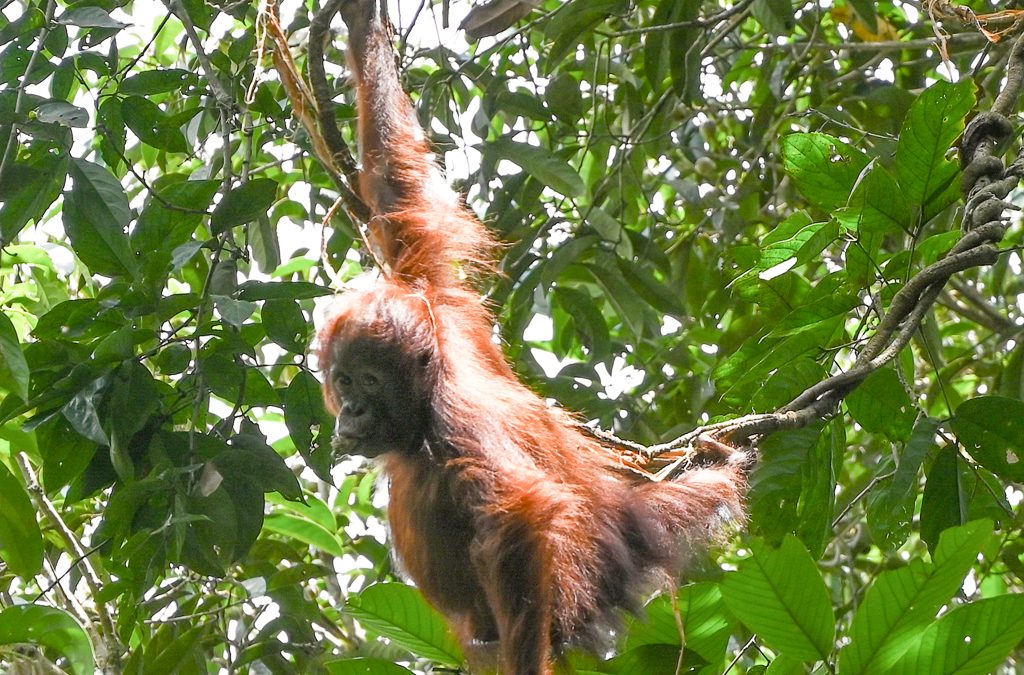Into Kalimantan
Searching for Wild Orangutans in Kutai National Park
Crossing Into Indonesian Borneo
October 2025: At the end of our week-long trip through Borneo—which began in the Mulu Caves World Heritage Area—we wrapped up the journey with three days in Indonesian Kalimantan. From Mulu, we flew into Samarinda in East Kalimantan, where I had arranged a car, driver, and local guide to take us to Kutai National Park, a wild stretch of lowland rainforest about four to five hours outside of town.
A Forest Sanctuary
Kutai is one of the few remaining strongholds of the Bornean orangutan and is known for having one of the highest densities of wild individuals anywhere on the island. The park protects a patch of ancient forest that has miraculously survived despite decades of logging and development surrounding it.
The Goal
Our goal was simple: to see a wild orangutan—not in a rehabilitation center or sanctuary, but in its natural habitat, high in the canopy of its ancestral home. It felt like the perfect continuation of our Borneo adventure—trading the dark, underground world of Mulu’s caves for the sun-dappled treetops of Kalimantan’s rainforest, where another kind of wonder awaited us.
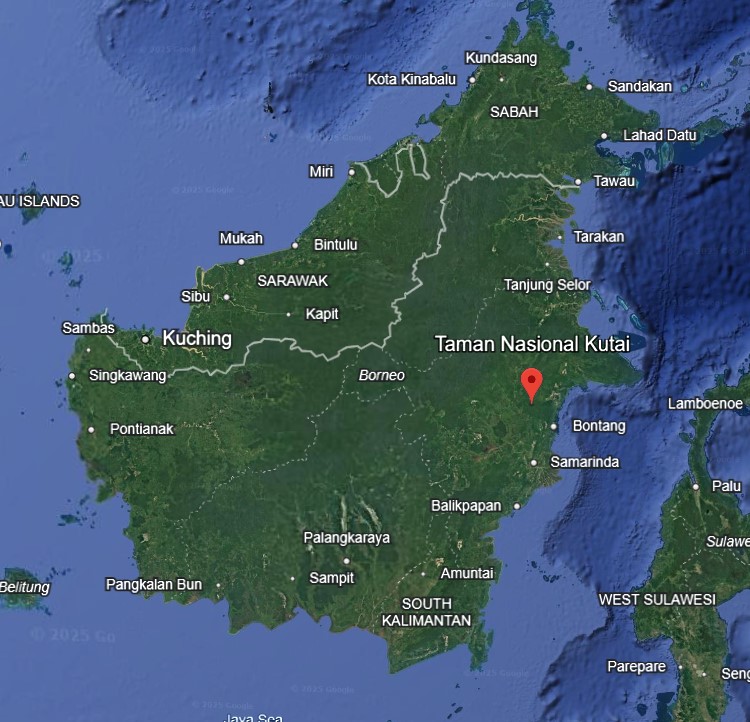
Kutai National Park, Kalimantan
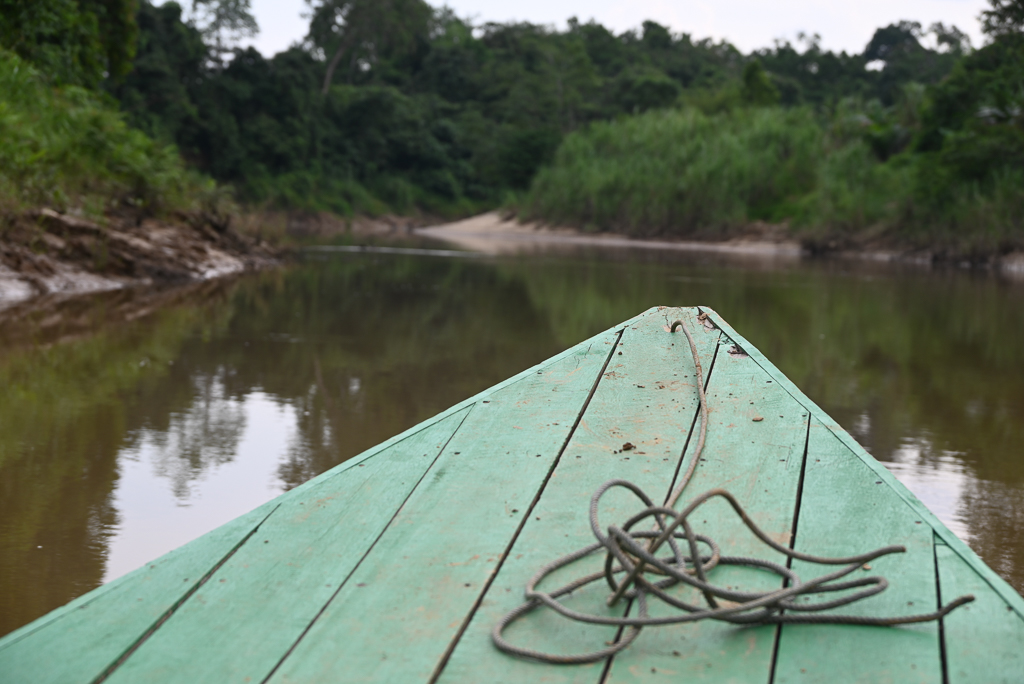
Traveling by boat up the Sanggata River to the Ranger station
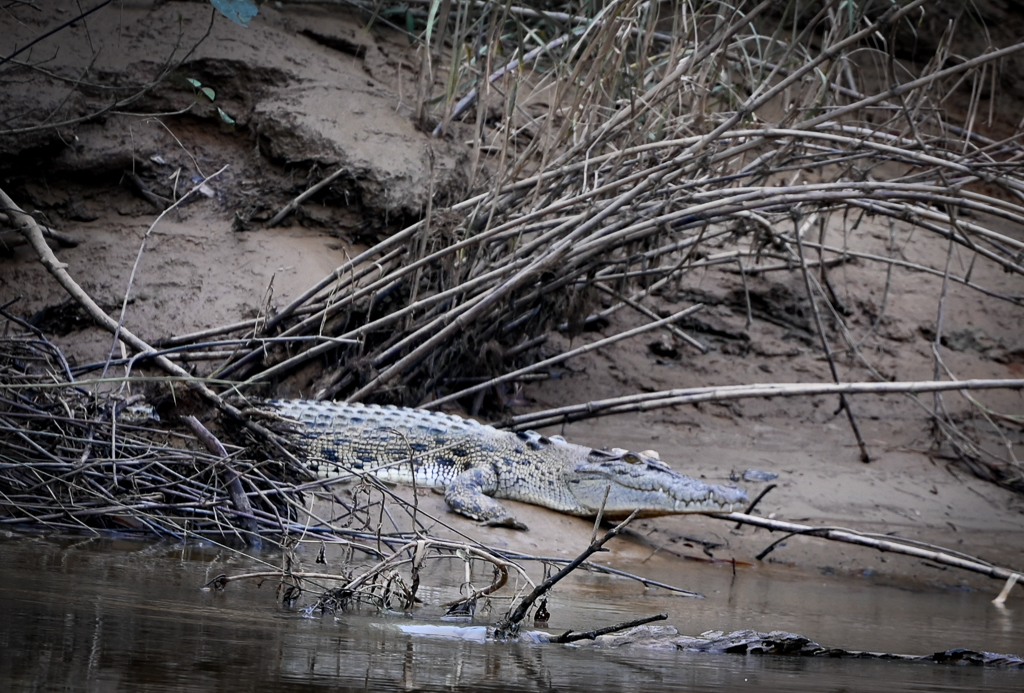
Crocodile on the Sanggata River
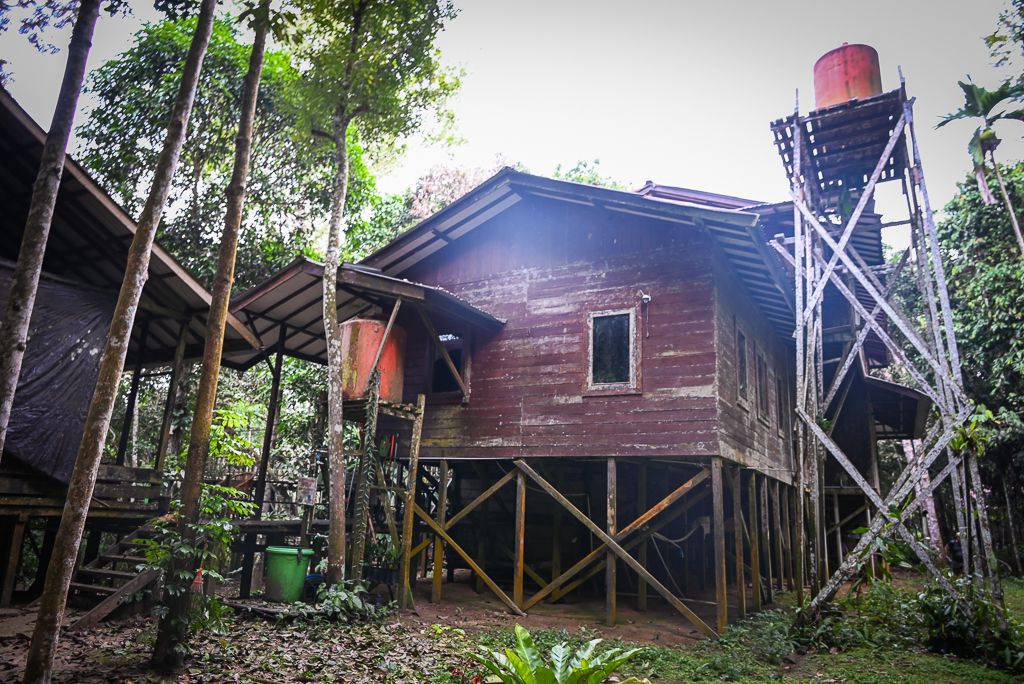
Forest guest house and Ranger Station on Sanggata River
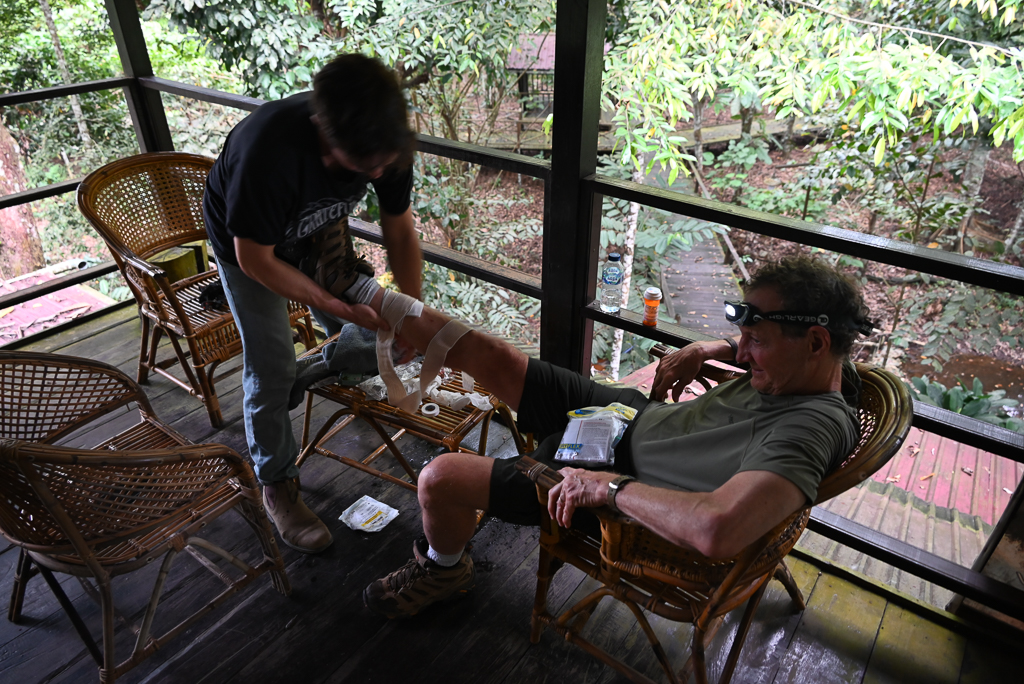
Wes treating Richard’s leg
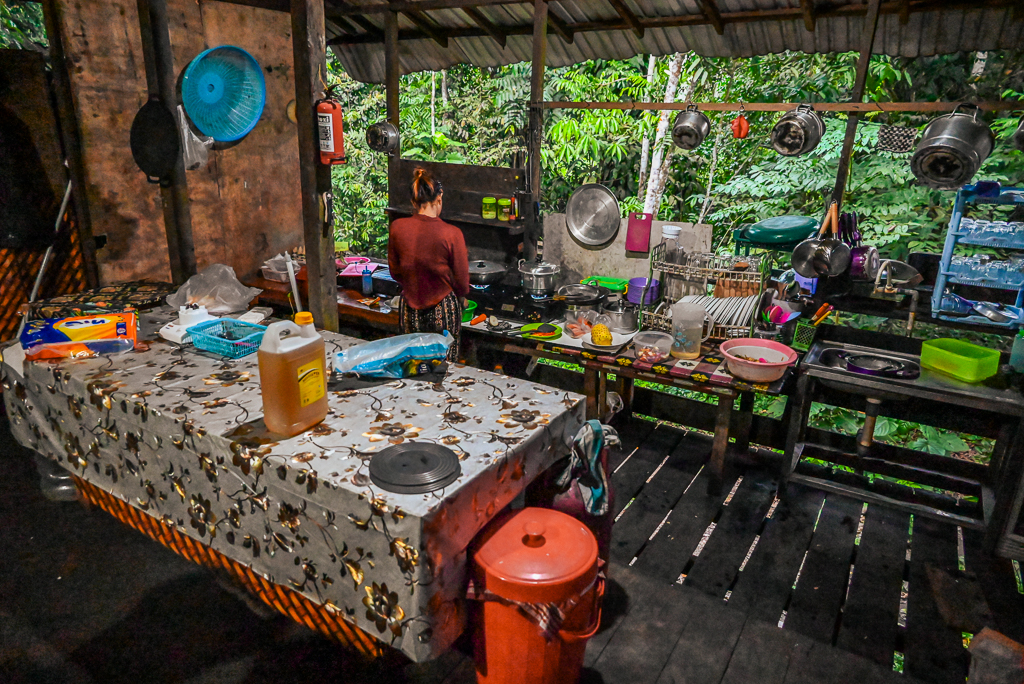
Kitchen at Forest guest house and Ranger Station on Sanggata River
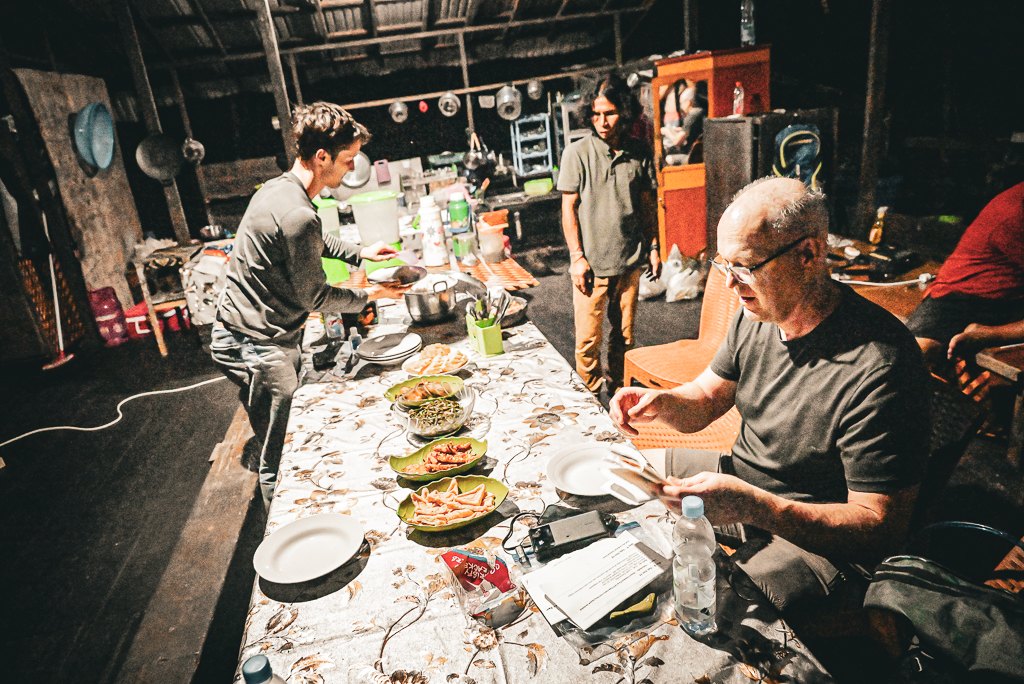
Us having dinner at the Forest guest house and Ranger Station on Sanggata River
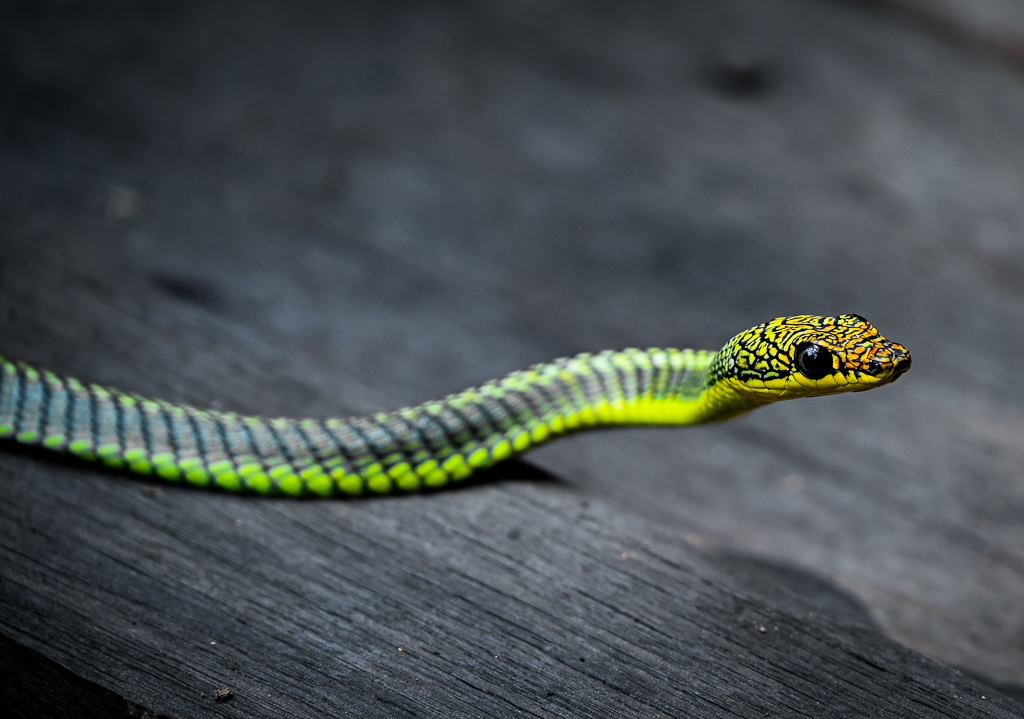
Gliding paradise snake
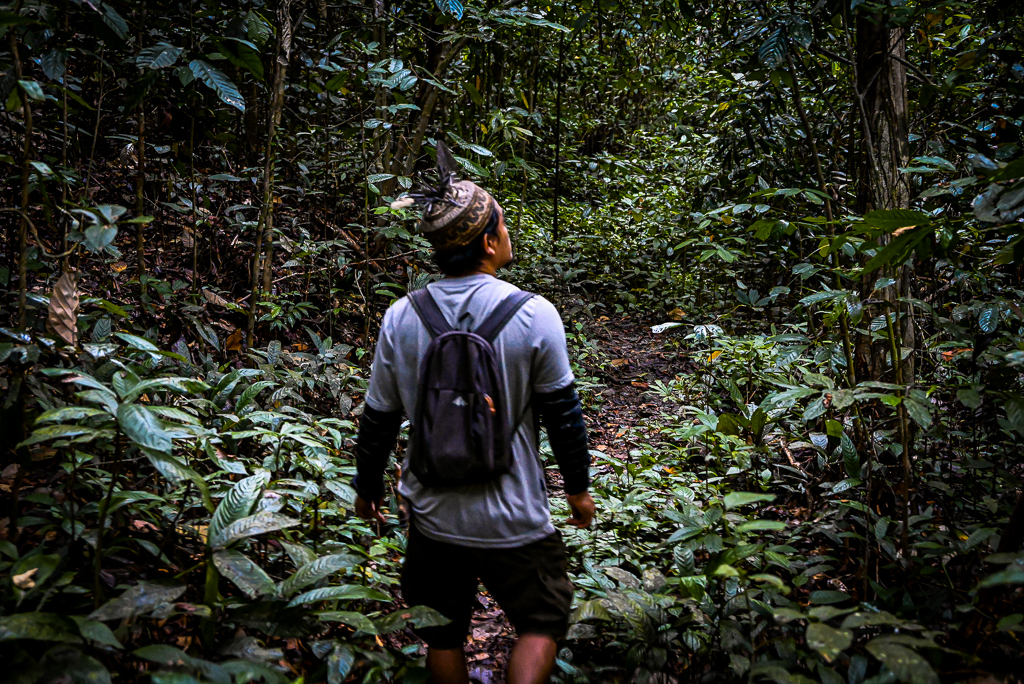
Our Diak guide leading us into the forest
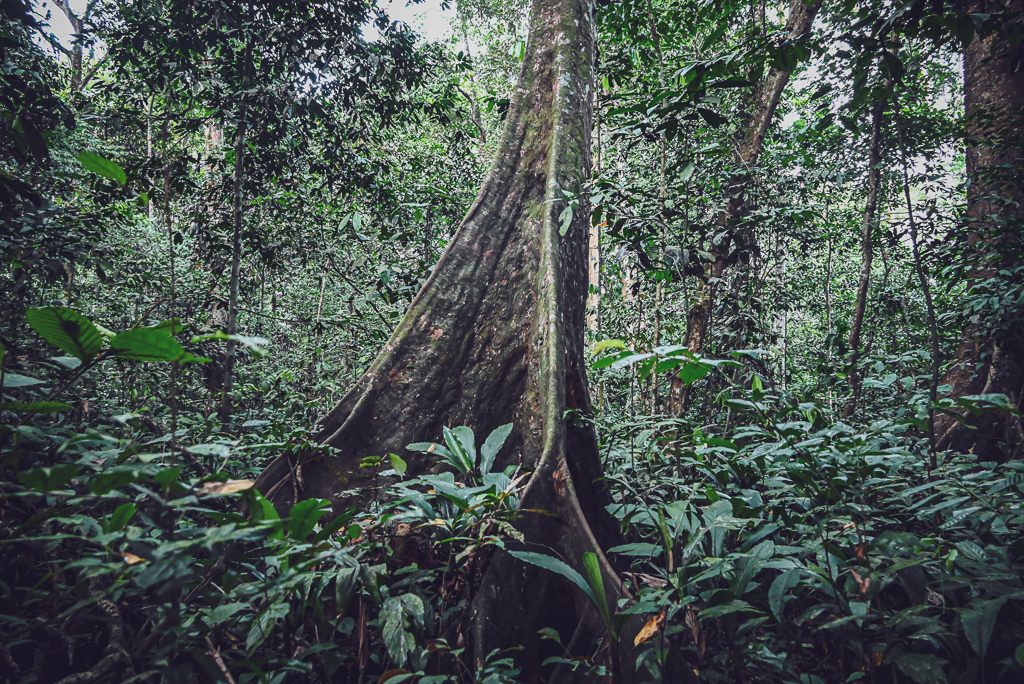
Old growth trees
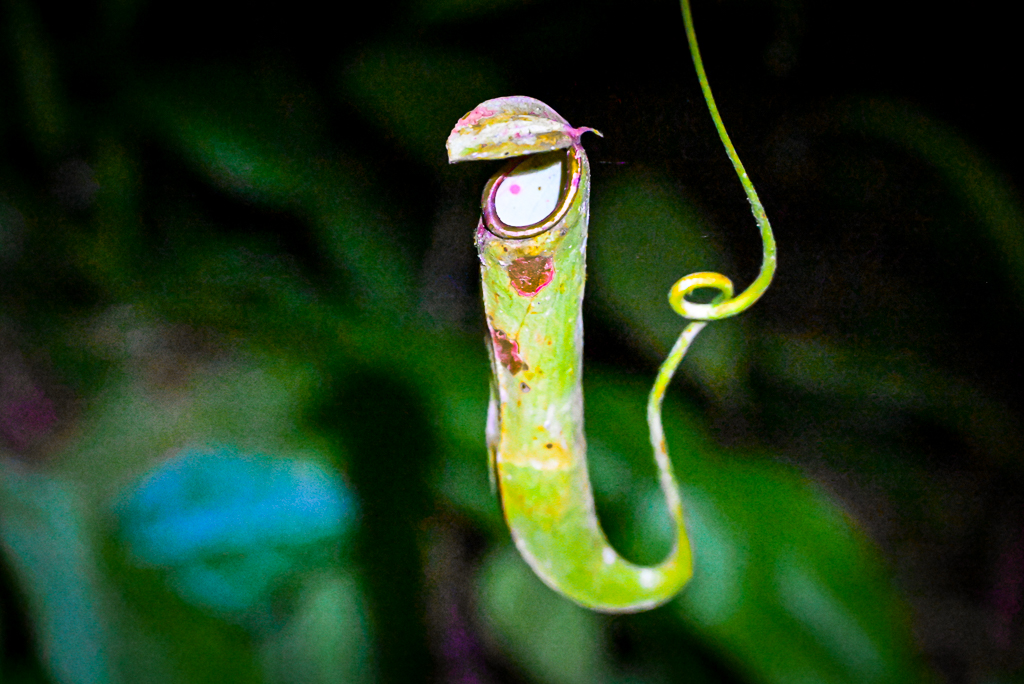
Carnivorous pitcher plant
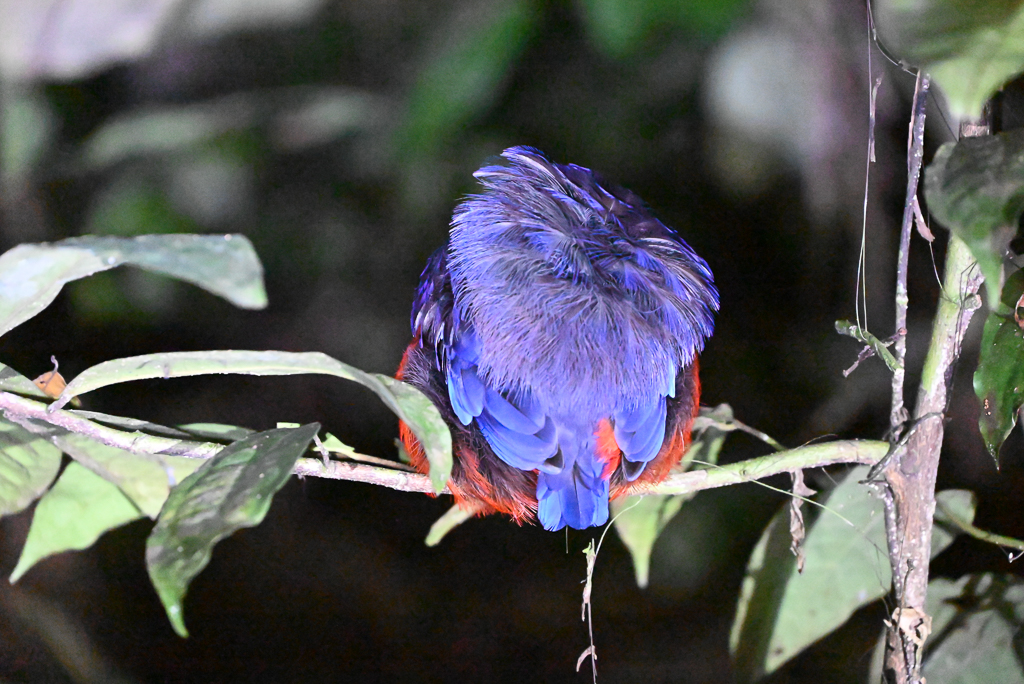
Sleeping bush chicken
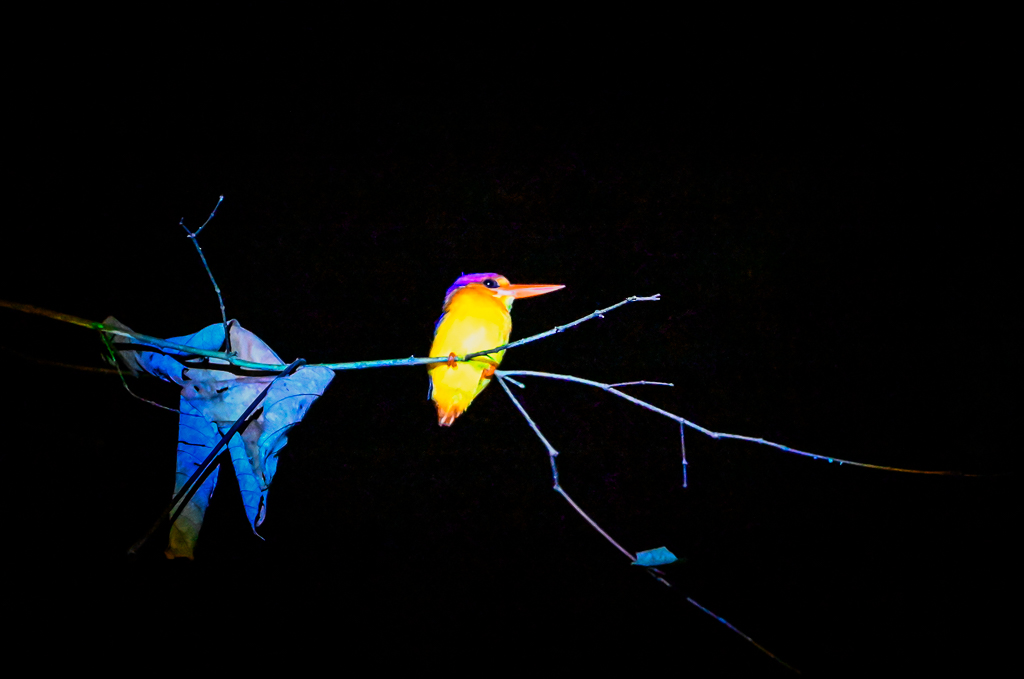
Sleeping kingfisher bird
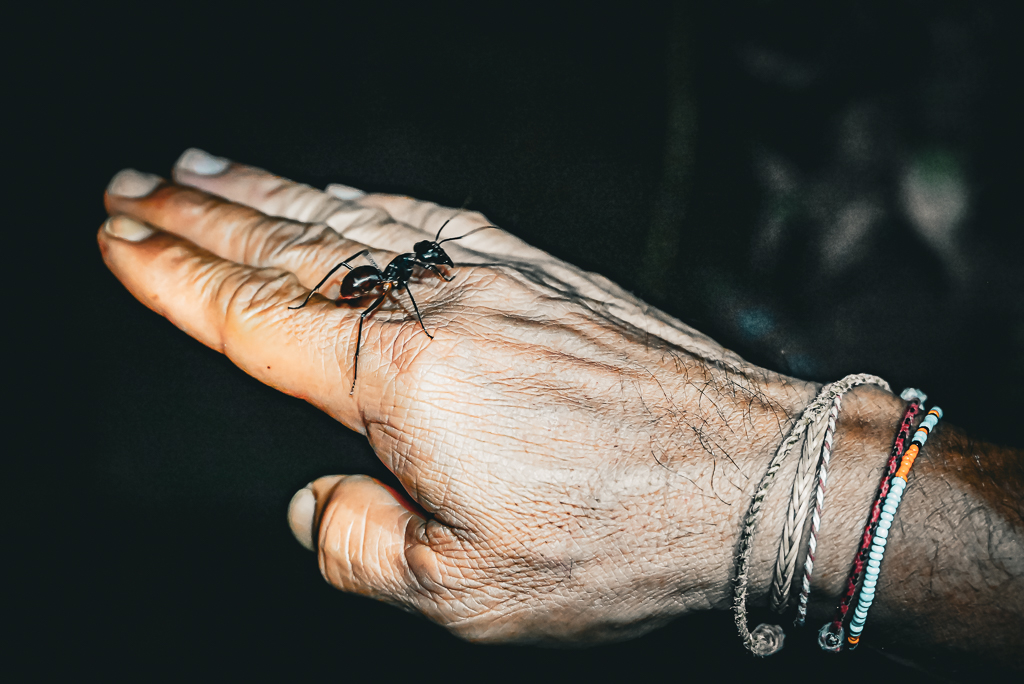
Bullet ant
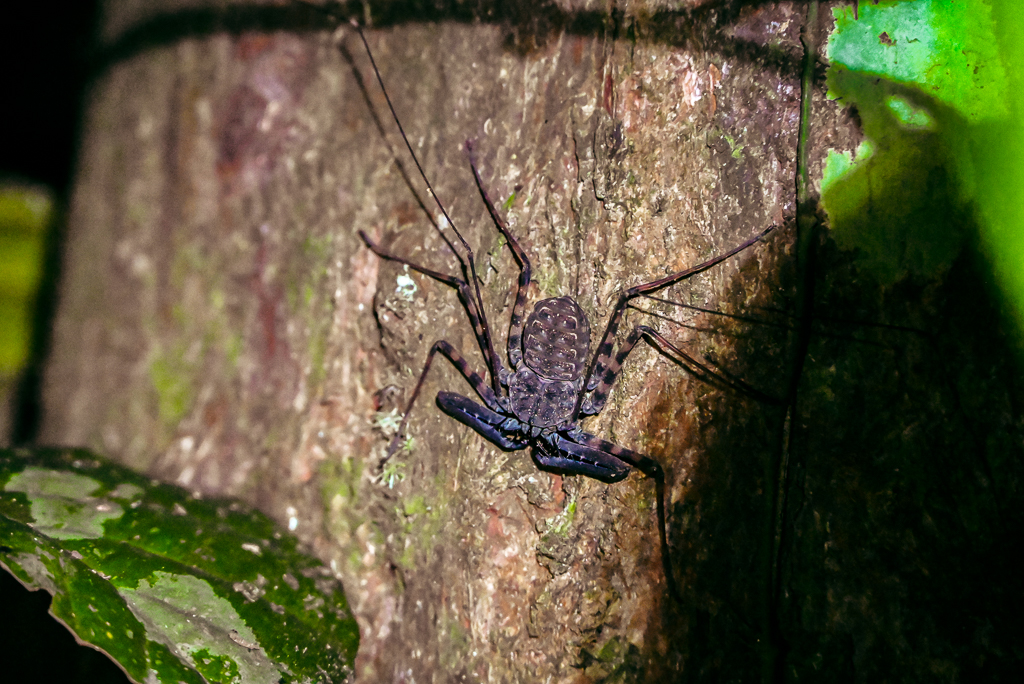
Whip scorpion
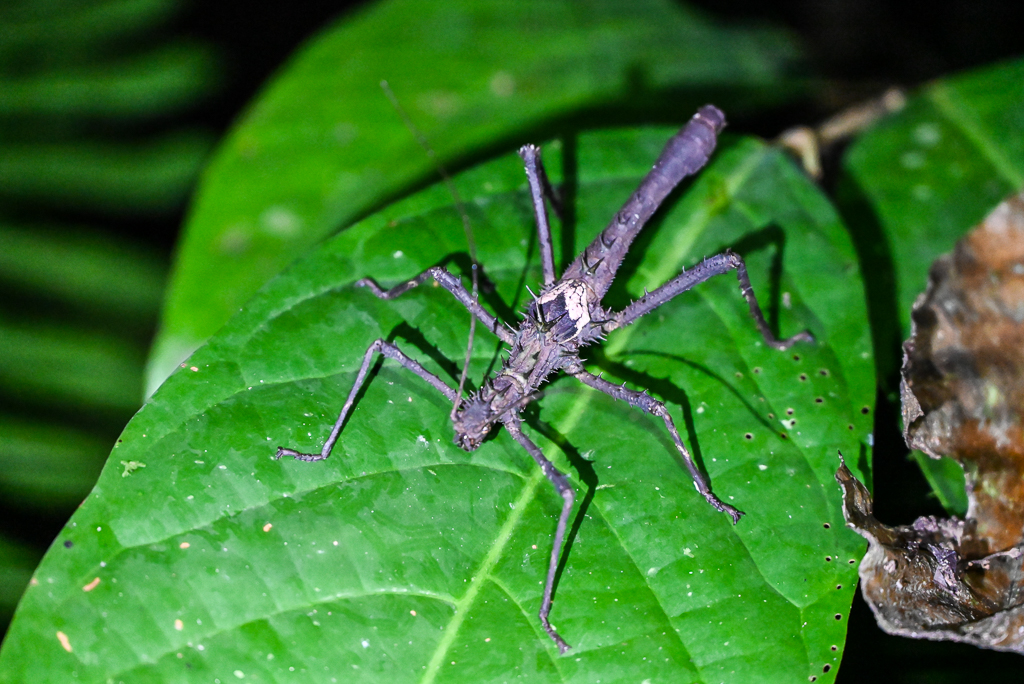
Huge stickbug
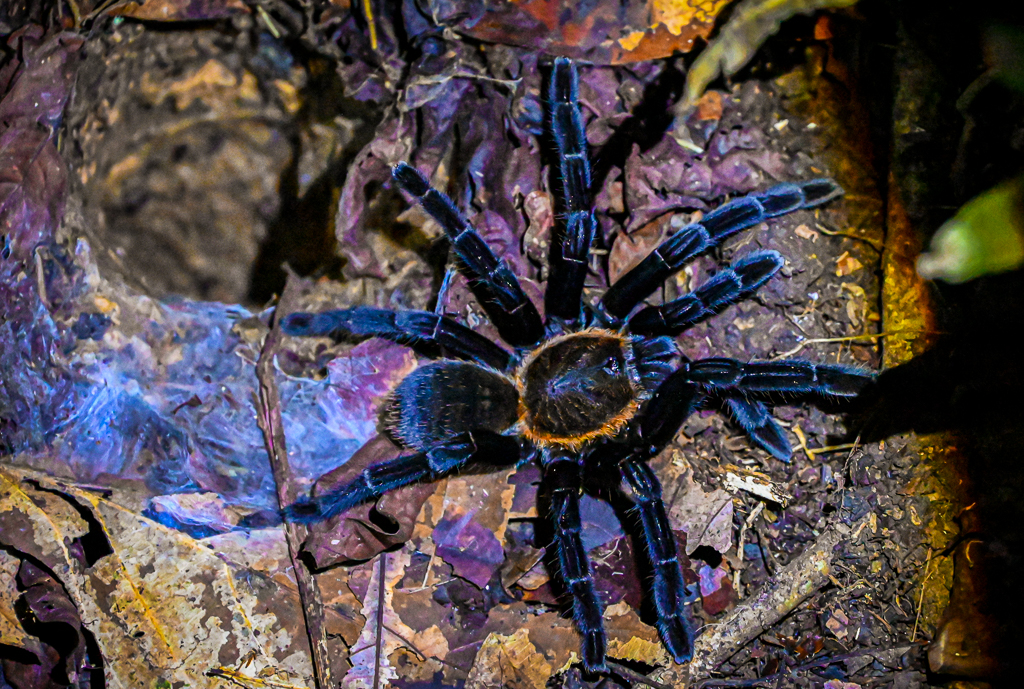
This massive Kalimantan, Bornean tarantula, nearly a foot long, was the largest I’ve ever seen. It emerged easily to aggressively attack when a stick was tapped against the silk web coating its burrow on the rainforest floor. Its thick fur shimmered with a faint purple bioluminescence, giving it an otherworldly glow in the dim forest light.
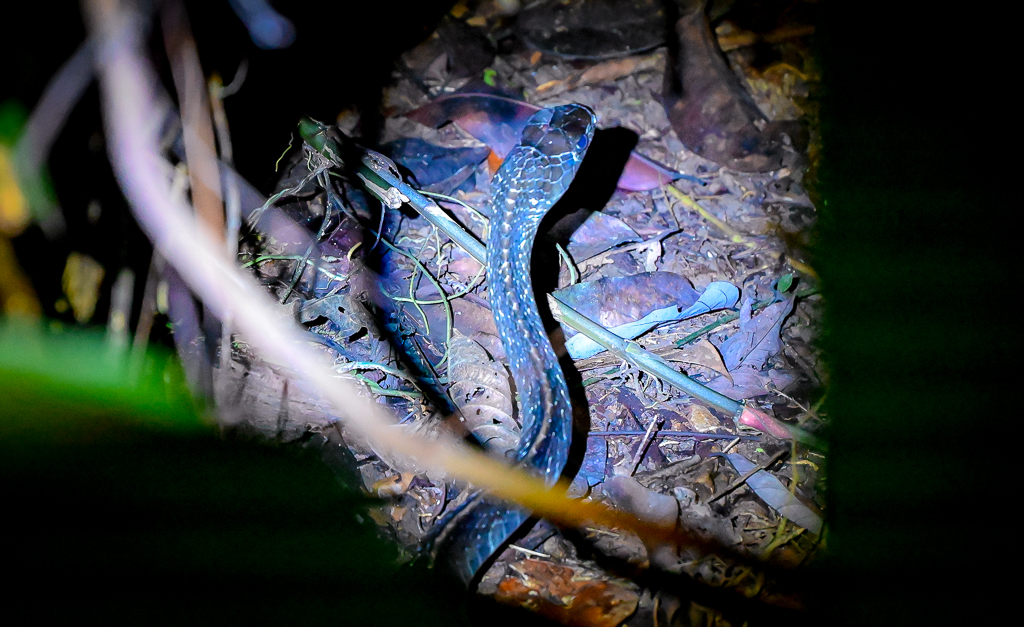
Giant rat snake we stumbled upon in the dark
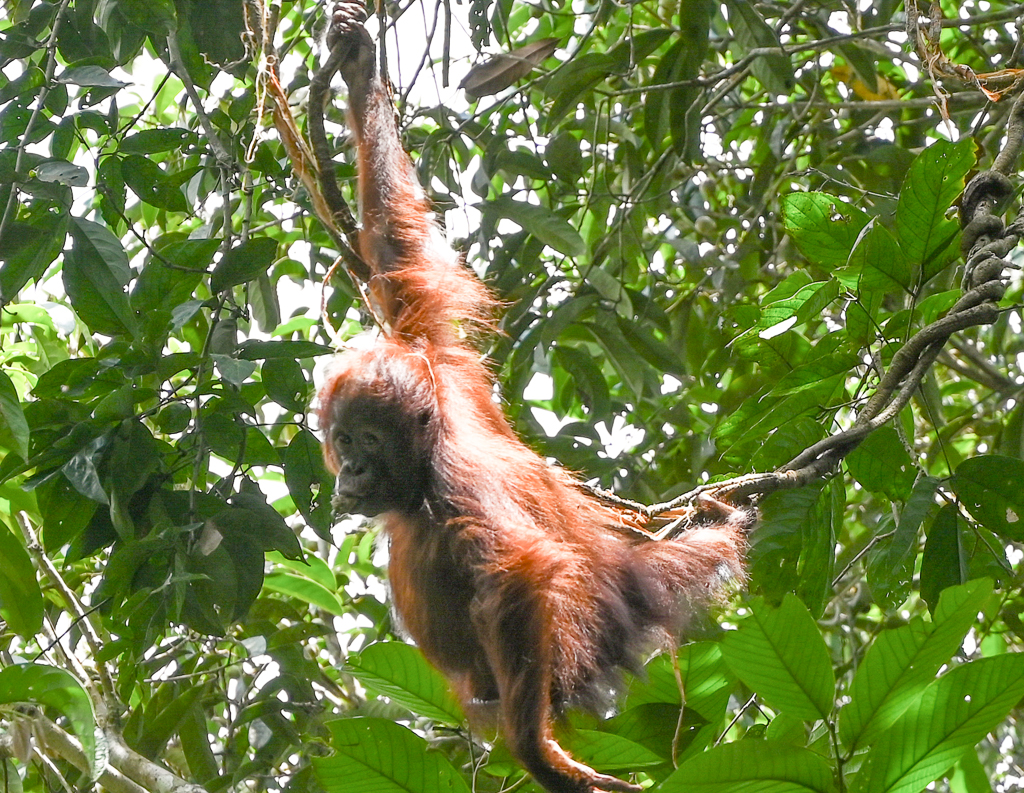
Young male orangutan

